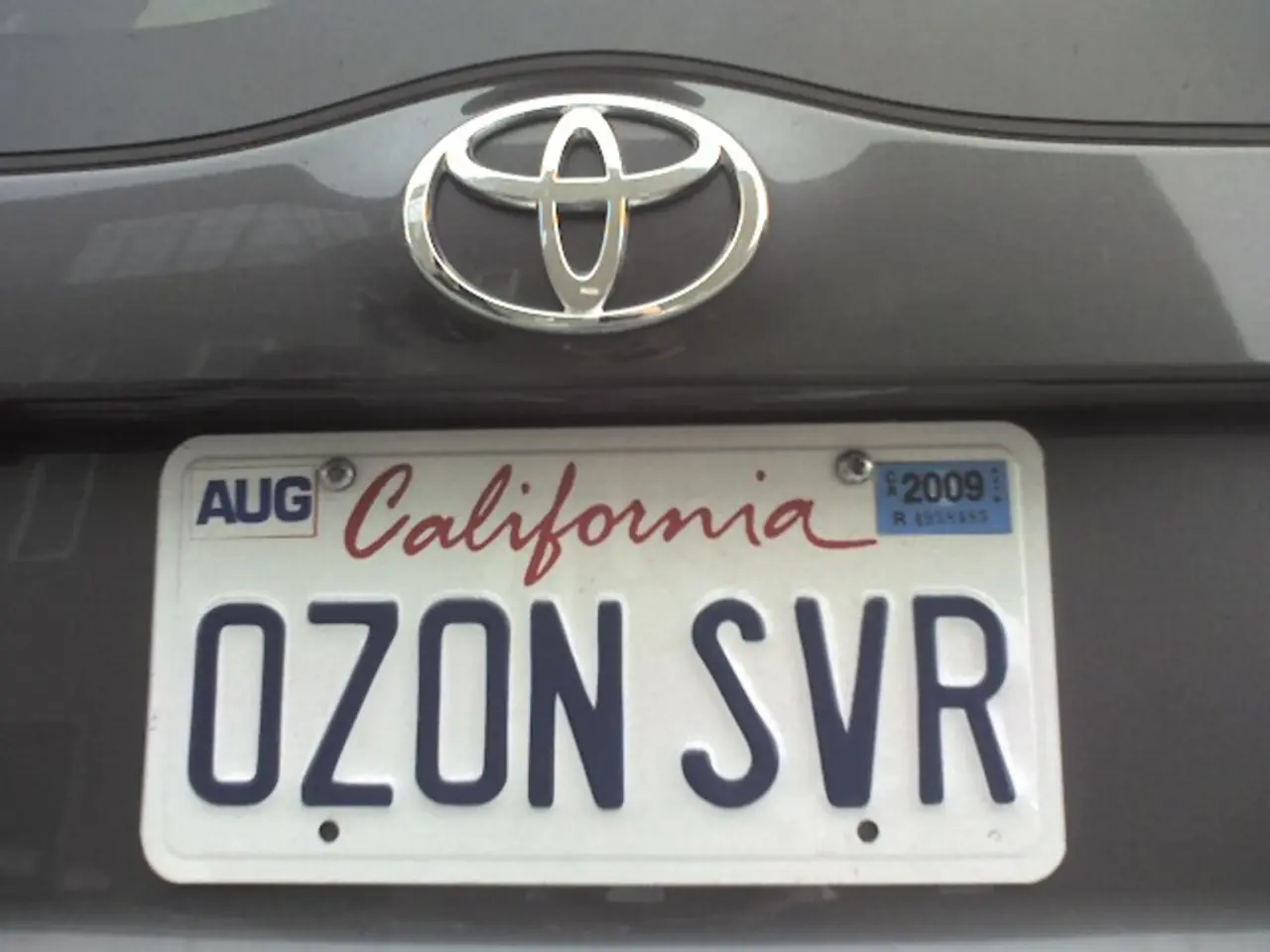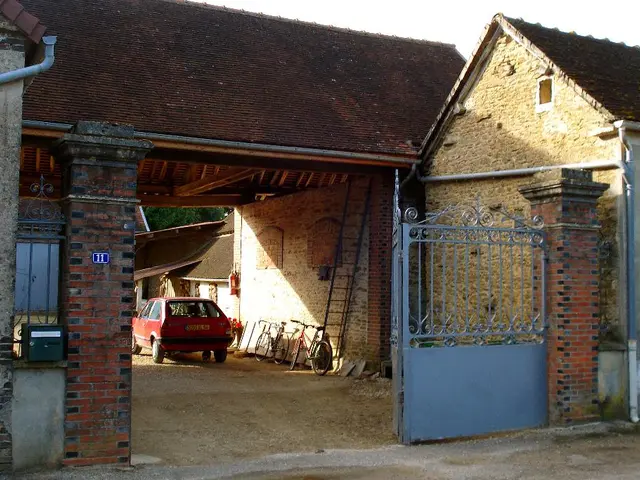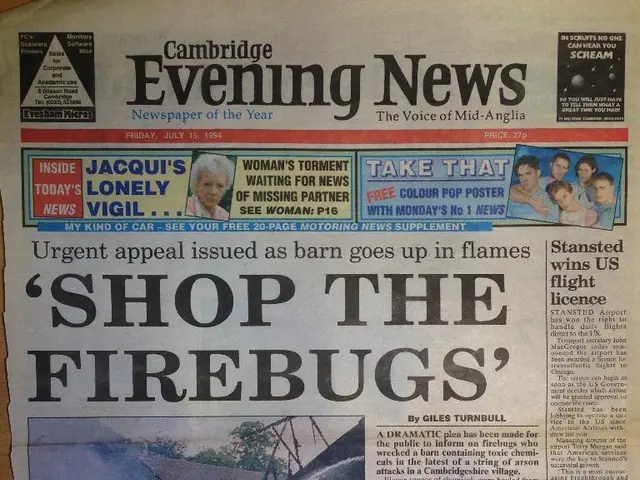How Transferring Your No-Claims Bonus Could Cut Insurance Costs for Loved Ones
Policyholders can now transfer their no-claims bonus to eligible recipients, helping them secure better rates on their first car insurance policy. However, it's crucial to consider the potential drawbacks and restrictions surrounding this process.
To qualify, the recipient must be a first-degree relative, spouse, or registered partner. The bonus can only be transferred once every 12 months and within 12 months of the policyholder's death. Additionally, the recipient can only benefit from as many claim-free years as they have held their driver's license.
Transferring a no-claims bonus makes the most sense when the recipient stands to save significantly on insurance costs, particularly if they would otherwise face high premiums as a new or young driver. The no-claims bonus (NCB) class determines the discount, which can be substantial in the early years. However, the original policyholder may end up at a disadvantage, as they lose their status permanently and may face higher premiums later. Some insurers require both parties to live in the same household for the transfer to be approved.
While transferring a no-claims bonus can help others secure better rates on their first car insurance policy, it's essential to weigh the potential benefits and drawbacks. Policyholders should not be too young when transferring their bonus, and they should ensure the recipient stands to save significantly on insurance costs. It's also crucial to understand the restrictions and potential long-term effects on the original policyholder's premiums.
Read also:
- India's Agriculture Minister Reviews Sector Progress Amid Heavy Rains, Crop Areas Up
- Over 1.7M in Baden-Württemberg at Poverty Risk, Emmendingen's Housing Crisis Urgent
- Life Expectancy Soars, But Youth Suicide and Substance Abuse Pose Concern
- Cyprus, Kuwait Strengthen Strategic Partnership with Upcoming Ministerial Meeting




